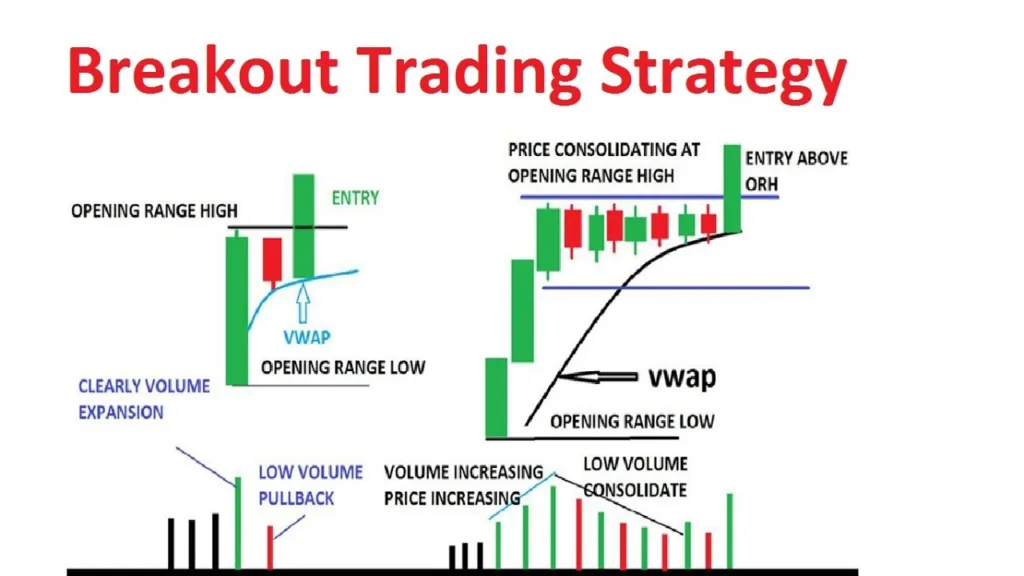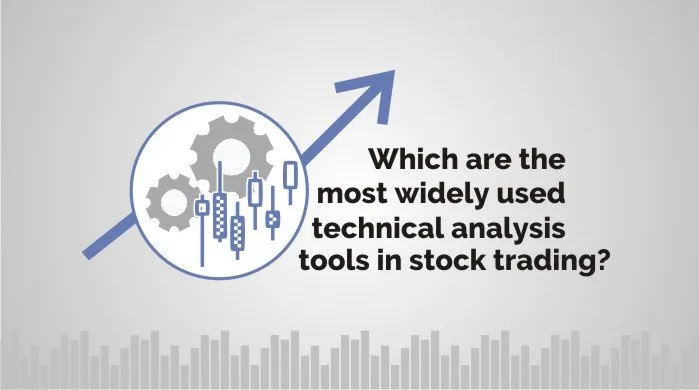Introduction
In the fast-paced and dynamic world of financial markets, mastering successful intraday trading strategies is not just a skill; it’s a competitive edge that sets traders apart. In this extensive guide, we will delve deep into the nuances of successful intraday trading, equipping you with actionable insights to elevate your trading game.

Understanding the Basics of Intraday Trading
What is Intraday trading?
The Crucial Role of Risk Management
Successful intraday trading begins with a robust risk management strategy. This cornerstone is essential for preserving capital and ensuring longevity in the volatile world of intraday trading. Traders must establish clear risk-reward ratios and implement stop-loss orders to effectively mitigate potential losses.

Key Successful Intraday Trading Strategies Unveiled
1. Scalping: Seizing Micro-Movements
2. Momentum Trading: Riding the Wave
Momentum trading revolves around identifying and riding prevailing market trends. Intraday traders utilizing momentum strategies capitalize on the momentum of an asset, entering and exiting trades to align with the dominant trend. Analyzing volume and price patterns is crucial for successful momentum trading.
3.Taking Advantage of Market Consolidation through Range Trading
4. Breakout Trading: Seizing Opportunities

Technical Analysis Tools for Intraday Trading
1. Moving Averages: Smoothing Out Trends

2. Relative Strength Index (RSI): Gauging Overbought and Oversold Conditions
3. Bollinger Bands: Assessing Volatility
Real-Time Data and Technology in Intraday Trading

The Journey to Success: A Recap
Bonus Tips for Intraday Traders
1. Stay Informed: Continuous Learning is Key
Stay updated with market news, economic indicators, and global events. Intraday traders should be well-informed to anticipate market movements accurately.
2. Test and Refine Your Strategies
Don’t hesitate to experiment with different intraday trading strategies. Regularly test and refine your approach based on market conditions and personal experiences.
3. Discipline is Non-Negotiable
Maintain discipline in your trading activities. Stick to your predetermined strategies and avoid impulsive decisions driven by emotions.
Final Thoughts
FAQ
1) Which is best strategy for intraday trading?
2) Is there any trick to intraday trading?
3) How can I get big profit in intraday?
How do I make money in Intraday Trading?
Let’s understand what is Intraday trading with the help of an example:
1). Select high-volume trades.
2). Choose the right stocks.
3). Select a maximum of 2-3 stocks at a time.
4). Decide on a price.
5). Monitor your progress.
6). Select your trades in line with the market trades.
4) Which trading strategy is most successful?
Top 10 Most Popular Trading Strategies
• Trading Strategy #1: Buy and Hold.
• Trading Strategy #2: Value Investing.
• Trading Strategy #3: Swing Trading.
• Trading Strategy #4: Momentum Trading.
• Trading Strategy #5 : Scalping.
• Trading Strategy #6: Day Trading.
• Trading Strategy #7: Positions Trading.
5) What are the 5 trading strategies?
6) How can I earn 500 a day in intraday trading?
How can we earn Rs 500 from the Stock Market daily?
1. Take small profits and do multiple trades.
2. Trade stocks in news.
3. Stop Loss Discipline.
4. Minimizing trading cost.
7) How can I earn 1000 daily in intraday?
How to Earn Rs 1000 Per Day from the Stock Market
1) Focus on small profits and go for multiple trades.
2) Focus on trades that have high volume.
3) Trade in the stocks which are in News.
4) Maintain Stop-Loss.
5) Minimizing Trading Cost.

